In a marketing world driven by personalization, relevance, and precision, a one-size-fits-all approach no longer cuts it. As markets mature and buyers demand deeper expertise, more global CMOs are turning to a proven strategy to break through the noise: verticalization.
Rather than positioning their products or services in broad horizontal terms (e.g., “project management software” or “cloud security”), top SaaS and services brands are embracing industry-specific go-to-market strategies that speak directly to the pain points, regulations, and nuances of distinct verticals like healthcare, government, financial services, or manufacturing.
And the results? Higher win rates, stronger brand affinity, and shorter sales cycles.
What Is Verticalization—and Why Now?
Verticalization means tailoring your entire marketing and sales motion—messaging, content, campaigns, and even product features—to the needs of a specific industry.
It’s more than just inserting an industry name into a landing page. It’s about showing buyers that you understand their world—their compliance requirements, their legacy systems, their KPIs—and that your solution was built with their unique context in mind.
With B2B decision-makers increasingly tuning out generic messaging, brands that go deep rather than wide are standing out.
Why CMOs Are Leaning In
Global marketing leaders are investing in verticalization because it delivers measurable, strategic advantages:
1. Relevance that drives resonance
Generic messaging may sound safe, but it rarely inspires action. Tailored industry messaging helps buyers see themselves in your story—and moves them further down the funnel.
2. Faster sales cycles
Industry-aligned sales enablement tools (e.g., vertical case studies, ROI calculators) help reps build trust faster and reduce time spent educating prospects on fit.
3. Better content performance
Industry-specific thought leadership and gated content drive higher engagement and conversion rates, especially in ABM or outbound campaigns.
4. Stronger differentiation
In crowded categories, vertical fluency sets you apart. Buyers don’t just want software—they want solutions built for them.
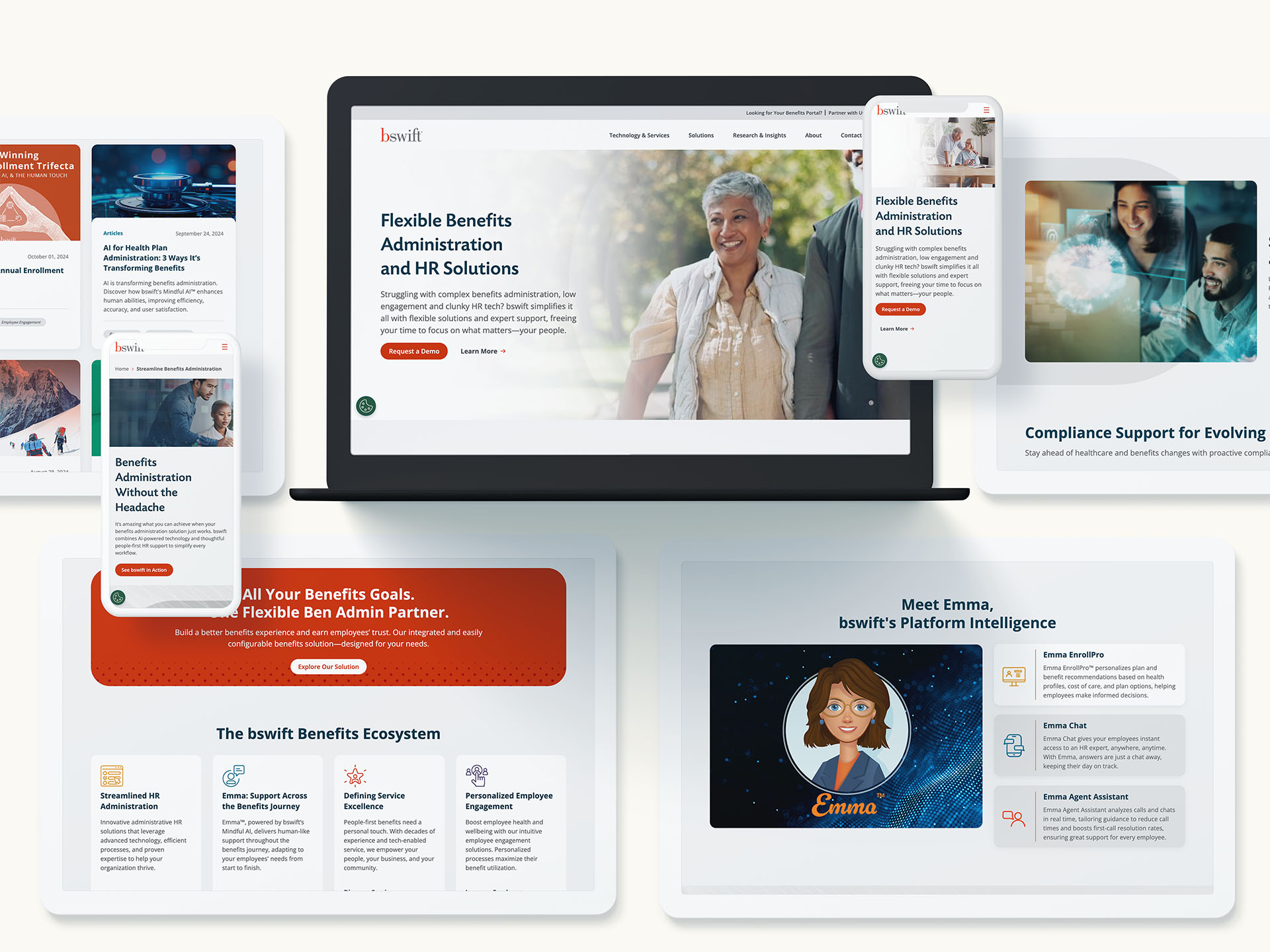
What Verticalized Marketing Looks Like in Practice
To make verticalization work, brands need to operationalize it across the marketing ecosystem:
1. Dedicated industry teams or pods
Many global CMOs are standing up “vertical marketing managers” or small pods that own campaign development, content calendars, and sales enablement for a given sector.
2. Industry-tailored buyer journeys
From awareness to conversion, each touchpoint should reflect the language, needs, and challenges of that specific industry—whether it’s a white paper for healthcare CIOs or a nurture flow for state-level procurement teams.
3. Customized web experiences
Landing pages, homepage segments, or entire microsites built for individual industries can dramatically improve engagement and conversion.
4. Sales and marketing alignment
Ensure that industry-specific marketing efforts are tightly integrated with sales motions. The messaging used in campaigns should map directly to the conversations happening in the field.
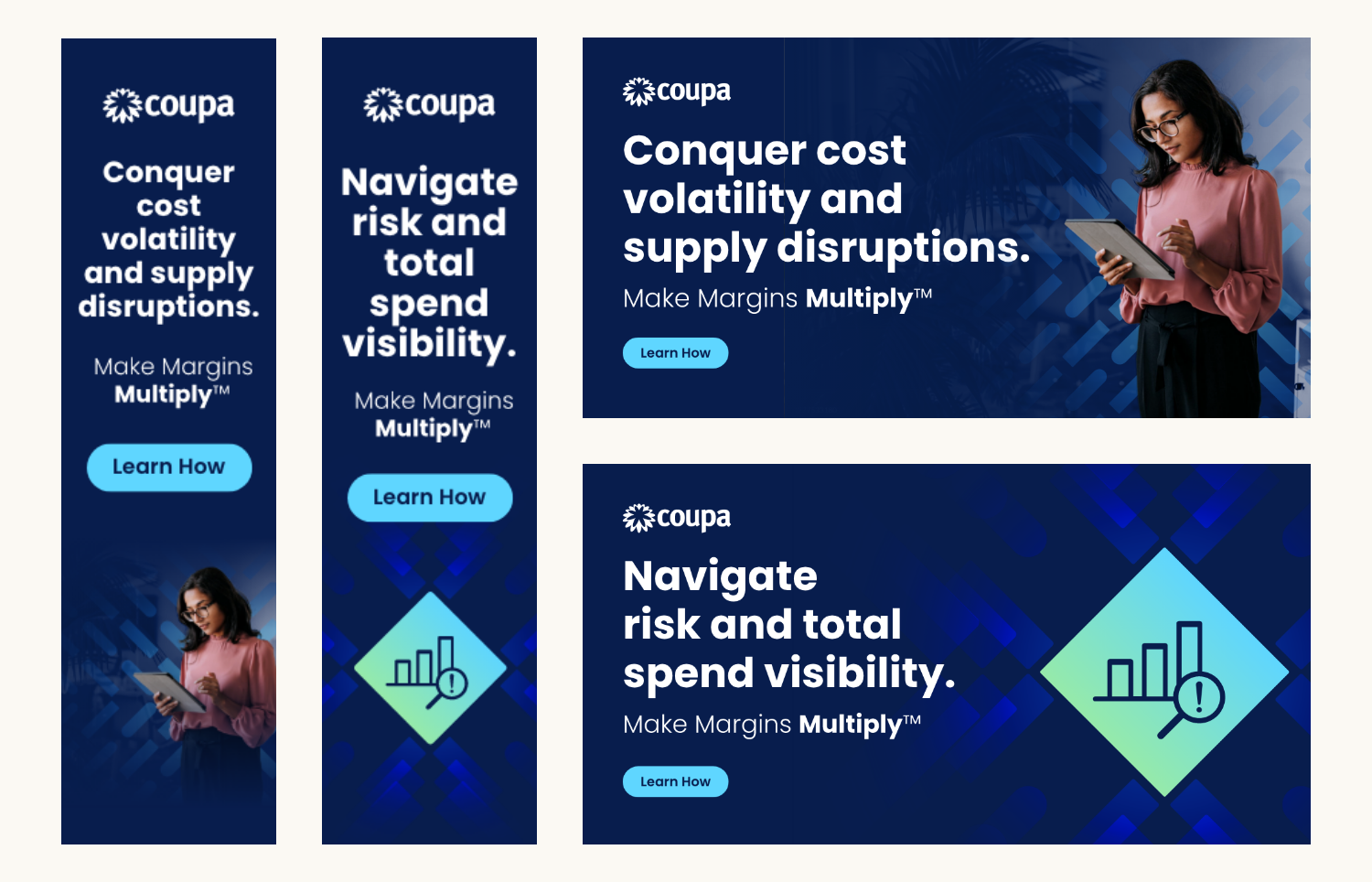
Deep Messaging, Not Just Different
Verticalization isn’t a find-and-replace exercise. Buyers can smell inauthenticity. To be effective, your marketing must show true domain expertise.
That means:
- Speaking to regulatory realities (e.g., HIPAA, FedRAMP, PCI-DSS)
- Referencing industry-specific workflows or pain points
- Using metrics that matter to the sector—whether it’s uptime, throughput, cost per bed, or citizen satisfaction
Collaborating with subject matter experts, leveraging customer testimonials, and co-creating with vertical influencers can help you avoid surface-level messaging.
How to Scale Without Losing Focus
A common concern with verticalization is that it can become complex and resource-intensive. The key is building systems that allow for scale and specificity:
- Create modular campaign assets (e.g., hero videos, pitch decks, email sequences) that can be easily adapted per vertical.
- Develop a flexible brand framework that preserves consistency while enabling regional or industry customization.
- Use a centralized DAM and CMS to manage, update, and distribute vertical-specific content across global teams.
- Define a rollout roadmap—you don’t need to verticalize for every industry at once. Start with your top-performing or highest-potential sectors.
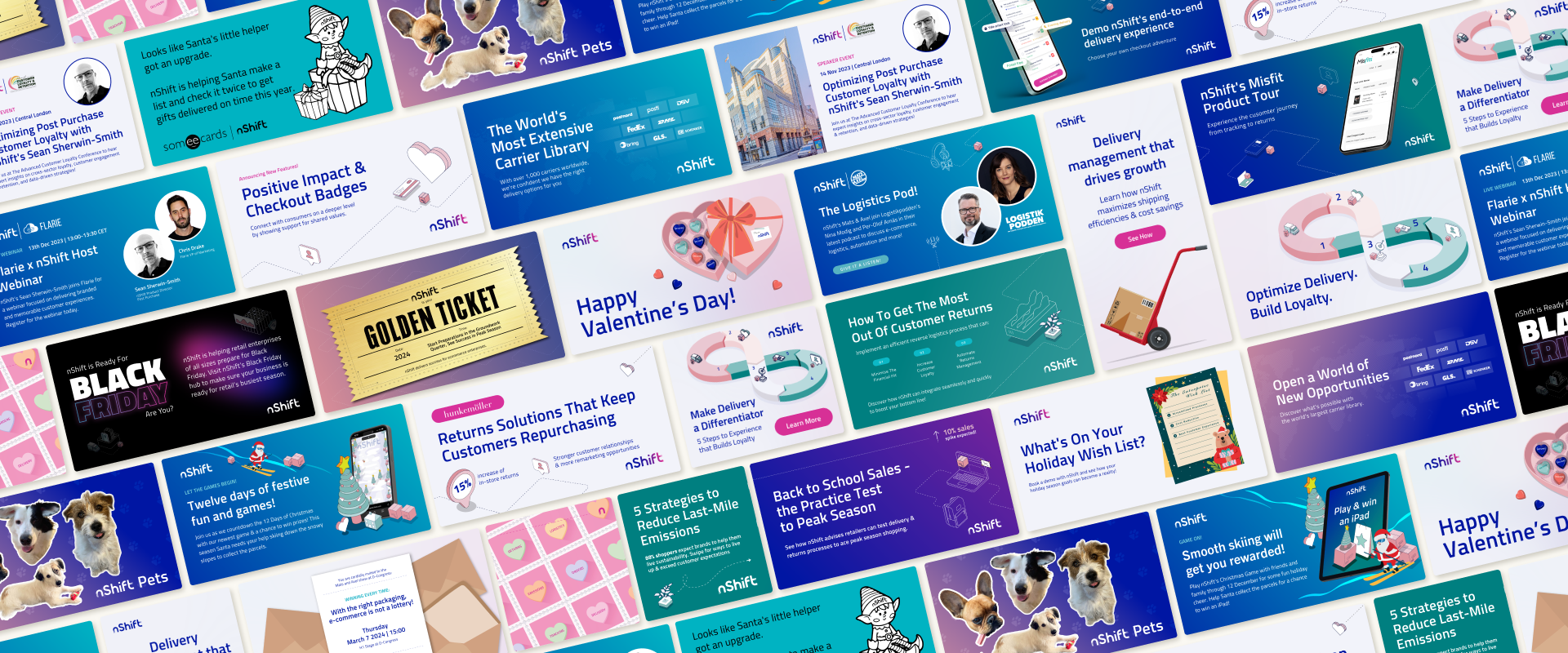


Why It Works
At its core, verticalized marketing works because it meets buyers where they are. It builds credibility, confidence, and conversion power—three things every marketing leader is after.
And in competitive categories where every brand sounds the same, speaking your buyer’s language is no longer a nice-to-have—it’s a strategic imperative.
Want to Build an Industry-Specific Growth Strategy?
Bluetext helps brands reframe their messaging, campaigns, and go-to-market strategies around the industries that matter most. Whether you’re launching into new sectors or scaling vertical programs globally, we build frameworks that drive results. Contact us to start verticalizing your marketing—and winning where it counts.
The marketing technology (martech) landscape is booming—and so is the complexity that comes with it. With over 11,000 martech tools on the market, many organizations find themselves buried in platforms, subscriptions, and software that don’t deliver ROI.
If your martech stack feels more like a maze than a growth engine, it’s time for a strategic reset. Here’s how to go beyond the buzzwords and optimize your martech for real results.
Why Martech Optimization Matters
A bloated or misaligned martech stack can lead to:
- Redundant tools and wasted spend
- Disconnected data and siloed teams
- Underused software and poor adoption
- Difficulty proving ROI to stakeholders
Optimizing your martech means streamlining tools, aligning them to business goals, and ensuring every platform delivers measurable value.


Step 1: Align Martech to Marketing Goals
Start with the “why” before the “what.” Define:
- Primary objectives (Lead generation? Customer engagement? Attribution?)
- Success metrics (Conversions, CAC, lifetime value, campaign ROI)
- Key workflows that need to be supported by tech (Email automation? CRM integration? Ad targeting?)
This ensures your stack supports your strategy, not the other way around.
Step 2: Audit Your Existing Stack
Conduct a full martech inventory:
- List all platforms by category (CRM, email, CMS, analytics, etc.)
- Note users, costs, usage levels, and integrations
- Highlight tools that are underutilized or duplicative
Tools like CabinetM or G2 Stack can help visualize your ecosystem.
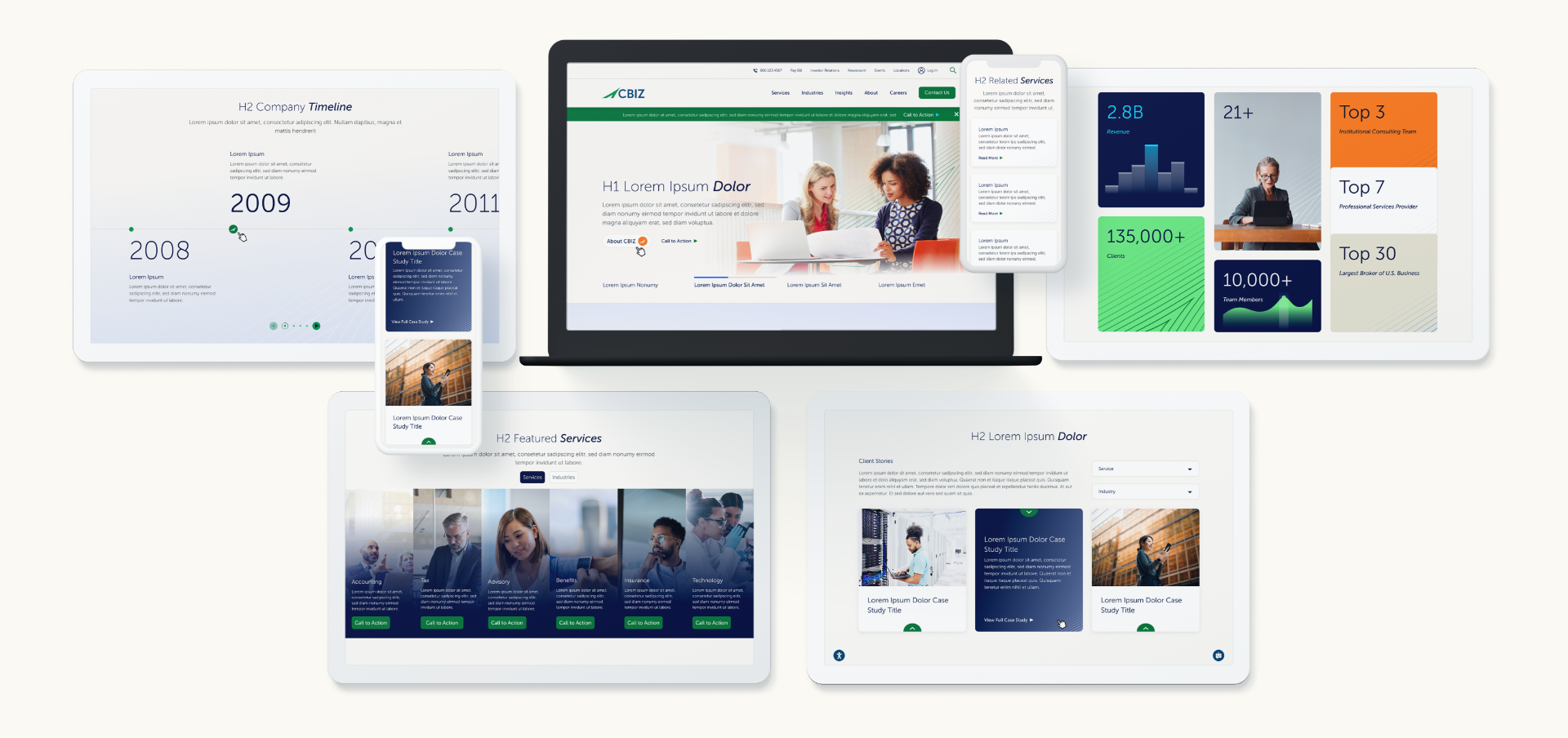

Step 3: Identify Gaps and Overlaps
Look for:
- Tools that serve the same function (e.g., two email automation platforms)
- Missing capabilities (e.g., no attribution modeling or A/B testing tool)
- Data disconnects between platforms
Ask: is each tool mission-critical, or is it a “nice to have”?
Step 4: Streamline and Strategically Select New Tools
For any new martech selection:
- Start with clear use cases
- Involve cross-functional teams (marketing, sales, IT)
- Prioritize platforms that integrate easily and scale with you
Beware of shiny object syndrome—choose utility over novelty.
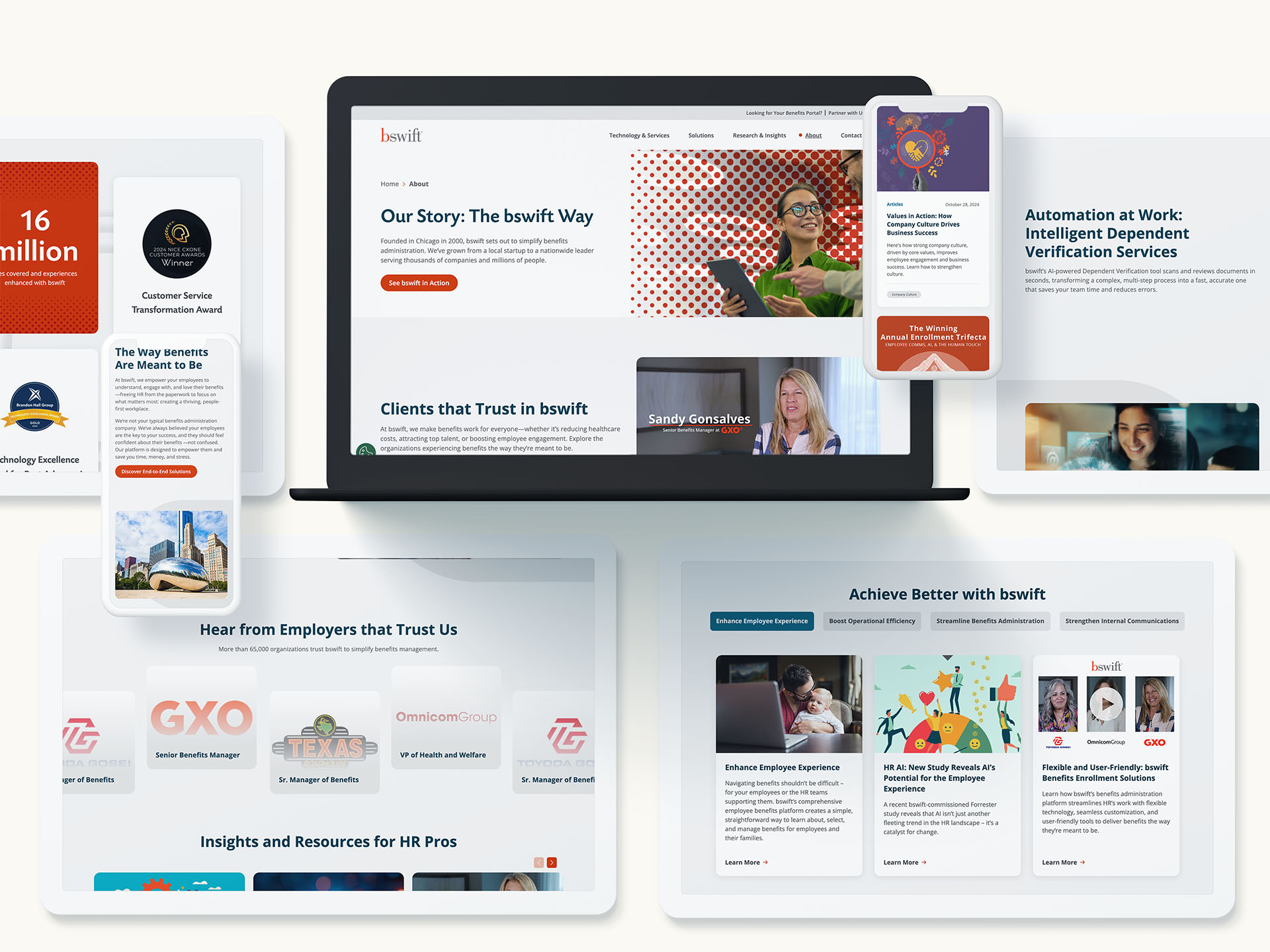

Step 5: Ensure Adoption and Performance
A platform is only valuable if your team actually uses it. Focus on:
- Onboarding and training
- User-friendly dashboards and automation
- Regular check-ins and optimization cycles
- Tracking ROI with clear KPIs
Martech should evolve alongside your marketing strategy—not become an obstacle to it.
Cut the Noise. Maximize the ROI.
Effective martech isn’t about having more tools—it’s about having the right tools. By taking a strategic, user-centered approach to optimization, businesses can simplify their stack, reduce costs, and improve outcomes across the funnel.
Want help making your martech stack work harder (and smarter)? Connect with Bluetext to schedule a martech optimization consultation.
The lines between public relations and digital marketing continue to blur, creating new opportunities for brands to amplify their reach and credibility. In 2025, successful marketing strategies will rely on seamless integration between PR and digital channels, leveraging data-driven insights, AI, and multimedia content to engage audiences effectively. This blog explores how businesses can align PR and digital marketing to maximize brand impact.
The Convergence of PR and Digital Marketing
Traditionally, PR focused on reputation management and media relations, while digital marketing prioritized lead generation and online visibility. However, as the digital landscape evolves, PR and digital marketing must work together to build trust and drive engagement.
Key Benefits of Integrating PR and Digital Marketing:
- Enhanced credibility: Digital PR efforts, such as guest articles and influencer collaborations, build authority and trust.
- Greater reach: Combining PR-driven storytelling with SEO and social media extends brand visibility.
- Stronger audience connections: Engaging content backed by PR strategies fosters deeper relationships.
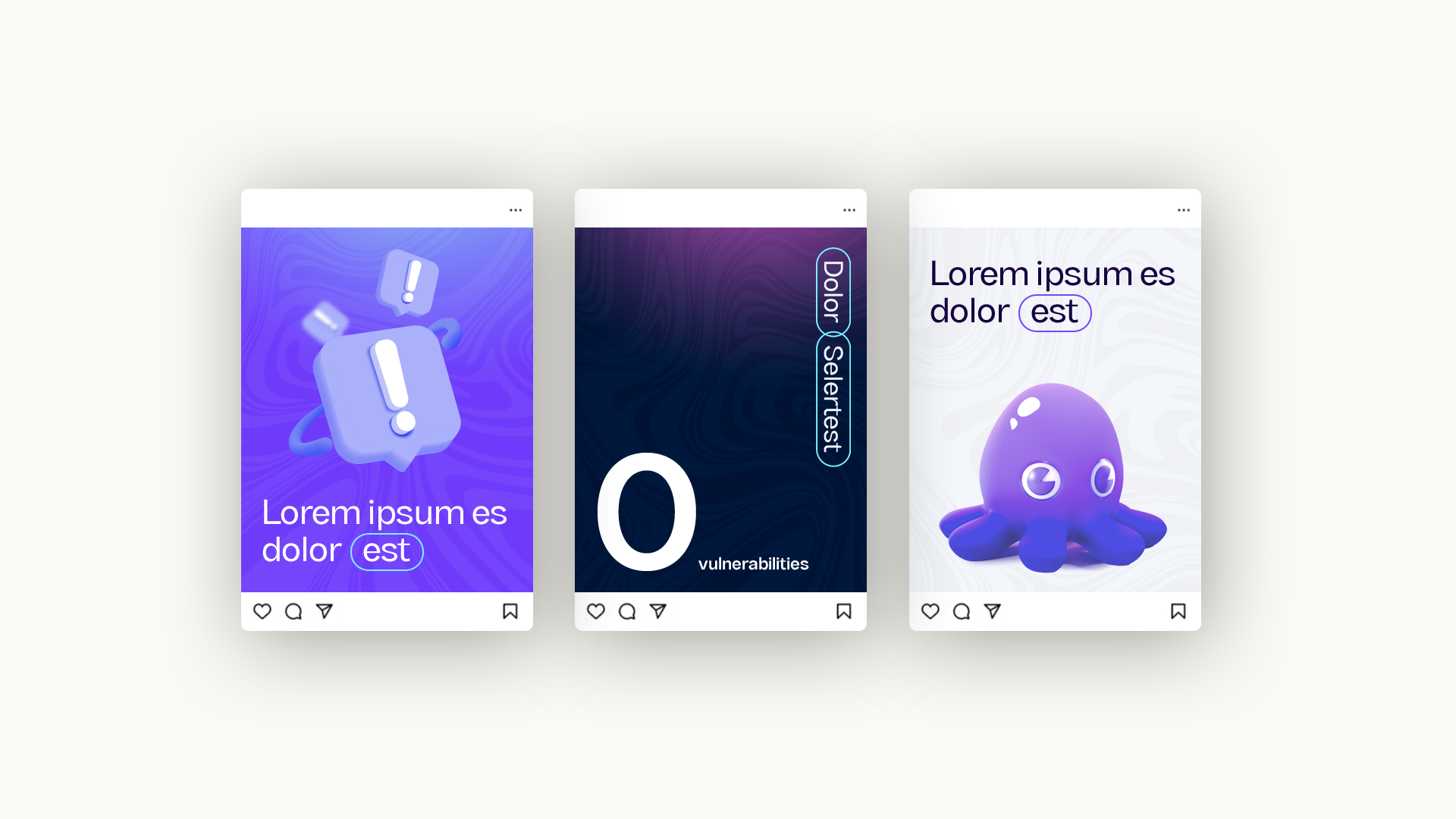

Strategies for a Unified PR & Digital Marketing Approach
1. Data-Driven PR Campaigns
Leveraging analytics and audience insights enables PR teams to craft targeted messages that align with digital marketing goals.
2. Content Marketing with PR Influence
Creating high-quality content that aligns with PR narratives helps brands establish thought leadership and authority.
3. Social Media Amplification
PR efforts gain traction when combined with social media strategies, driving greater engagement and shareability.
4. SEO-Optimized Press Releases
Optimizing press releases for search engines ensures they reach a wider audience and contribute to long-term brand visibility.


Future Trends: Where PR Meets Digital in 2025
AI-powered media monitoring will enhance PR effectiveness, enabling brands to track conversations and measure sentiment more efficiently. Influencer-driven PR will play a greater role in brand credibility, as consumers continue to value authentic endorsements. Additionally, interactive PR campaigns using video, augmented reality (AR), and virtual reality (VR) will provide immersive storytelling experiences that captivate audiences. By staying ahead of these trends, businesses can ensure their PR and digital marketing efforts remain impactful and relevant.
Looking to integrate PR and digital marketing seamlessly? Contact Bluetext today to build a cohesive strategy that drives results.
In an era where data is often called the “new oil,” marketing teams that harness its potential can achieve unprecedented success. Data-driven marketing—using analytics and insights to inform campaign strategies—is no longer a nice-to-have; it’s a necessity for businesses aiming to maximize their return on investment (ROI). This approach helps marketers target the right audience, refine messaging, and allocate budgets effectively, resulting in measurable and impactful outcomes.
But how can your organization fully embrace data-driven marketing in 2025? Let’s explore the strategies, tools, and benefits that make this approach the key to driving ROI in the modern marketing landscape.
The Fundamentals of Data-Driven Marketing
At its core, data-driven marketing is about using customer data and analytics to tailor campaigns that resonate with specific audiences. It goes beyond traditional demographics, diving into behavioral, transactional, and even psychographic data. This comprehensive view allows marketers to:
- Understand customer preferences and behaviors.
- Predict future trends and demands.
- Personalize messaging to drive higher engagement.
Key Types of Data
- First-Party Data: Information you collect directly from your audience, such as website interactions, purchase history, and email sign-ups.
- Second-Party Data: Data shared by trusted partners, offering a broader view of customer behavior.
- Third-Party Data: Aggregated information from external sources, useful for expanding reach and identifying new segments.
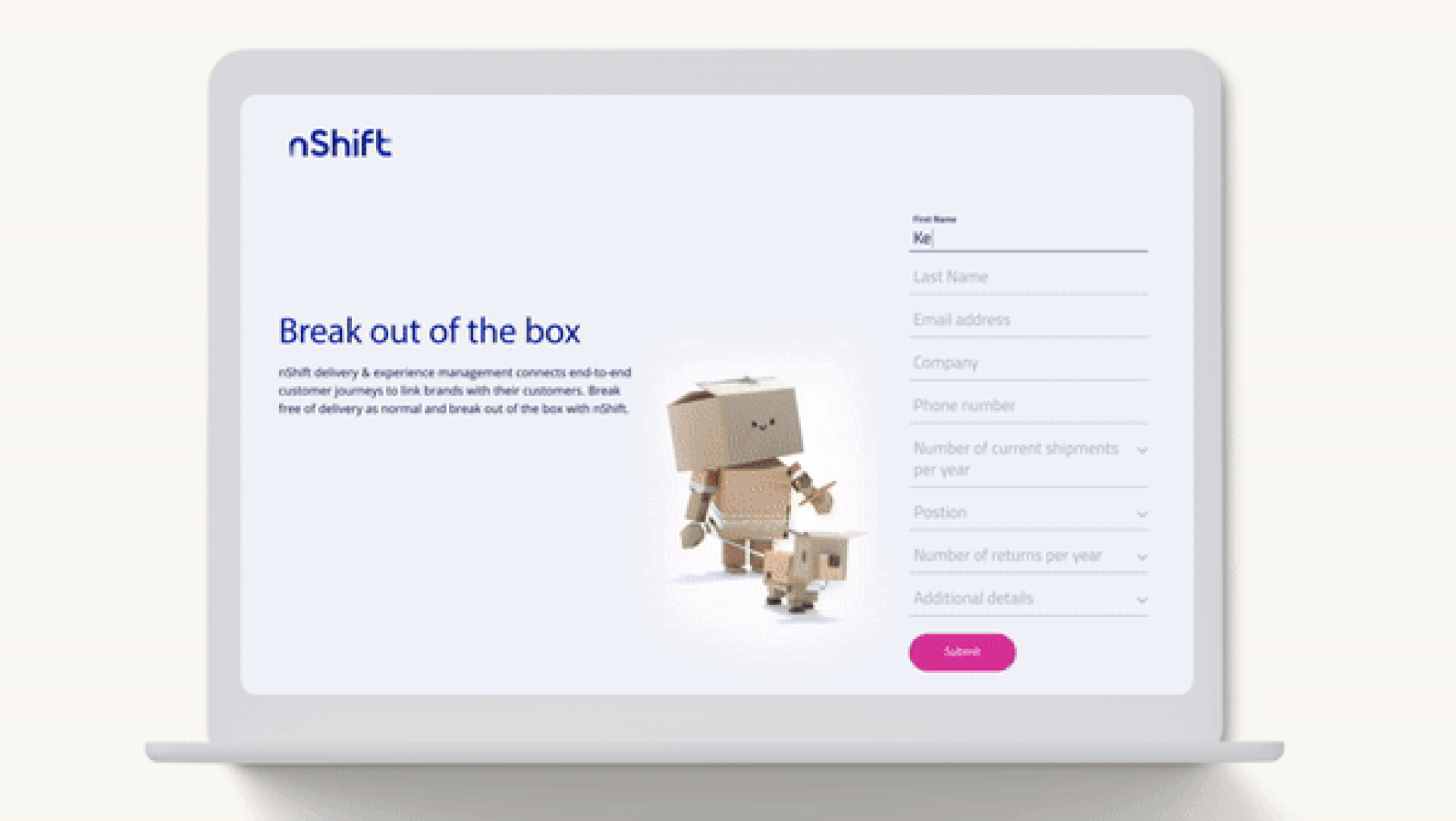

Why Data-Driven Marketing Matters
1. Precision Targeting
One of the most significant advantages of data-driven marketing is the ability to precisely target your audience. Instead of casting a wide net, you can focus on high-value prospects who are more likely to convert. For example, predictive analytics can identify users who are ready to make a purchase, enabling you to tailor your messaging accordingly.
2. Improved Customer Experiences
Today’s buyers expect personalized experiences. According to recent studies, 80% of consumers are more likely to engage with brands that offer tailored content. Data-driven insights enable you to deliver the right message at the right time through the right channel.
3. Efficient Budget Allocation
With detailed performance metrics, data-driven campaigns allow you to optimize your marketing spend. By identifying which channels, messages, and strategies yield the best results, you can allocate budgets more effectively and avoid wasted resources.



Building a Data-Driven Marketing Strategy
Transitioning to a data-driven approach requires careful planning and execution. Here’s how to get started:
1. Define Clear Objectives
Start by identifying what you want to achieve with your campaigns. Are you looking to increase brand awareness, drive conversions, or retain customers? Clear goals will help you focus your data collection and analysis efforts.
2. Invest in the Right Tools
Leverage marketing technology platforms that offer robust analytics capabilities. Tools like Google Analytics, HubSpot, and Tableau can provide valuable insights into customer behavior and campaign performance. Additionally, consider investing in a customer data platform (CDP) to centralize and organize your data.
3. Collect and Integrate Data
Gather data from all available touchpoints, including your website, social media channels, email campaigns, and CRM systems. Integration is key—ensure that your data sources are connected to provide a unified view of your customers.
4. Segment Your Audience
Use your data to divide your audience into meaningful segments. Factors like purchase history, engagement levels, and geographic location can help you create highly targeted campaigns.
5. Test and Optimize
A/B testing is a cornerstone of data-driven marketing. Experiment with different headlines, visuals, and calls-to-action to determine what resonates best with your audience. Use these insights to continuously refine your campaigns.



Overcoming Challenges
Despite its advantages, data-driven marketing comes with challenges. Here’s how to address common hurdles:
- Data Privacy Regulations: Stay compliant with laws like GDPR and CCPA by implementing robust data governance practices. Ensure transparency in how you collect and use customer data.
- Data Overload: Avoid analysis paralysis by focusing on the metrics that align with your objectives. Not all data is equally valuable.
- Team Expertise: Invest in training to equip your team with the skills needed to analyze data and derive actionable insights.
The Future of Data-Driven Marketing
As technology advances, the potential of data-driven marketing continues to grow. Emerging trends include:
- AI-Powered Insights: Machine learning algorithms can analyze vast datasets to uncover patterns and predict outcomes with greater accuracy.
- Real-Time Personalization: Dynamic content delivery will enable brands to adapt messaging on the fly based on real-time user behavior.
- Integration with IoT Devices: Data from smart devices will provide deeper insights into customer preferences and habits.
Take the Next Step
Ready to elevate your marketing efforts with data-driven strategies? Bluetext can help. Our team of experts specializes in leveraging analytics and insights to create campaigns that deliver measurable results. Contact us today to learn how we can help your business achieve its marketing goals in 2025 and beyond.
In the healthcare industry, trust and privacy are paramount. Patients and providers alike demand reassurance that sensitive data is being handled securely and ethically. As data breaches and cybersecurity threats make headlines, healthcare organizations have a unique opportunity to differentiate themselves by showcasing their commitment to data privacy and compliance.
For healthcare marketers, emphasizing strong privacy practices, such as HIPAA compliance and cutting-edge data security measures, isn’t just a regulatory necessity—it’s a strategic advantage. This blog explores how to turn data privacy into a compelling value proposition that resonates with hospitals, clinics, and healthcare networks.
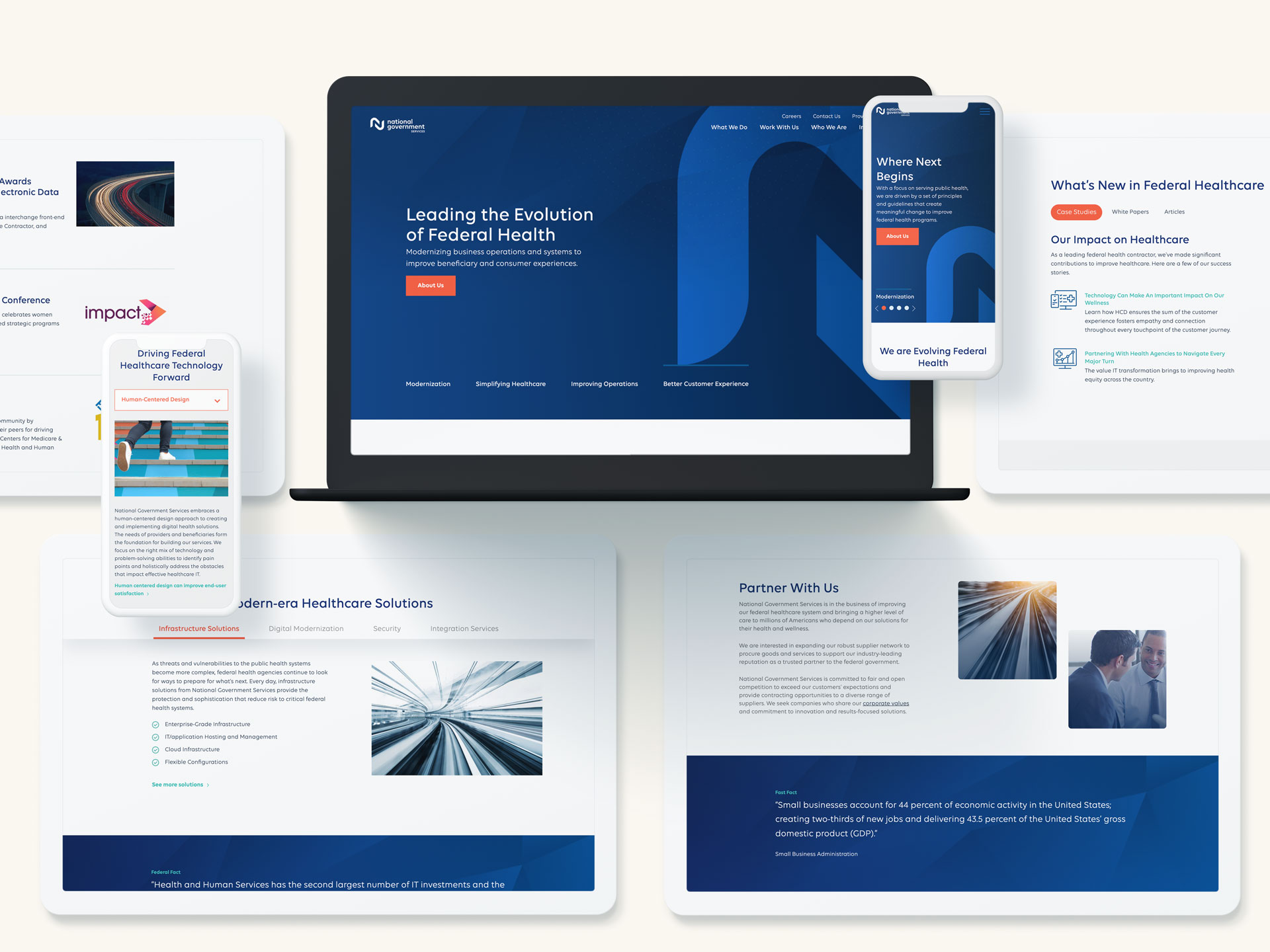

Why Data Privacy Matters to Healthcare Audiences
Healthcare professionals operate in one of the most highly regulated and privacy-sensitive industries. Their ability to deliver care hinges on secure and accurate data management. When choosing partners, they look for organizations that prioritize data security as much as they do.
Highlighting your commitment to data privacy addresses several key buyer concerns:
- Regulatory Compliance: Ensuring patient confidentiality is a non-negotiable requirement for any healthcare partner. Compliance with standards like HIPAA or GDPR signals reliability.
- Trust and Transparency: Organizations that communicate openly about their privacy practices foster trust with their audience.
- Risk Mitigation: Data breaches can lead to severe financial penalties and reputational damage. Healthcare organizations want partners who reduce, not add to, their risks.
By aligning your marketing with these priorities, your brand becomes a trusted ally in a challenging landscape.
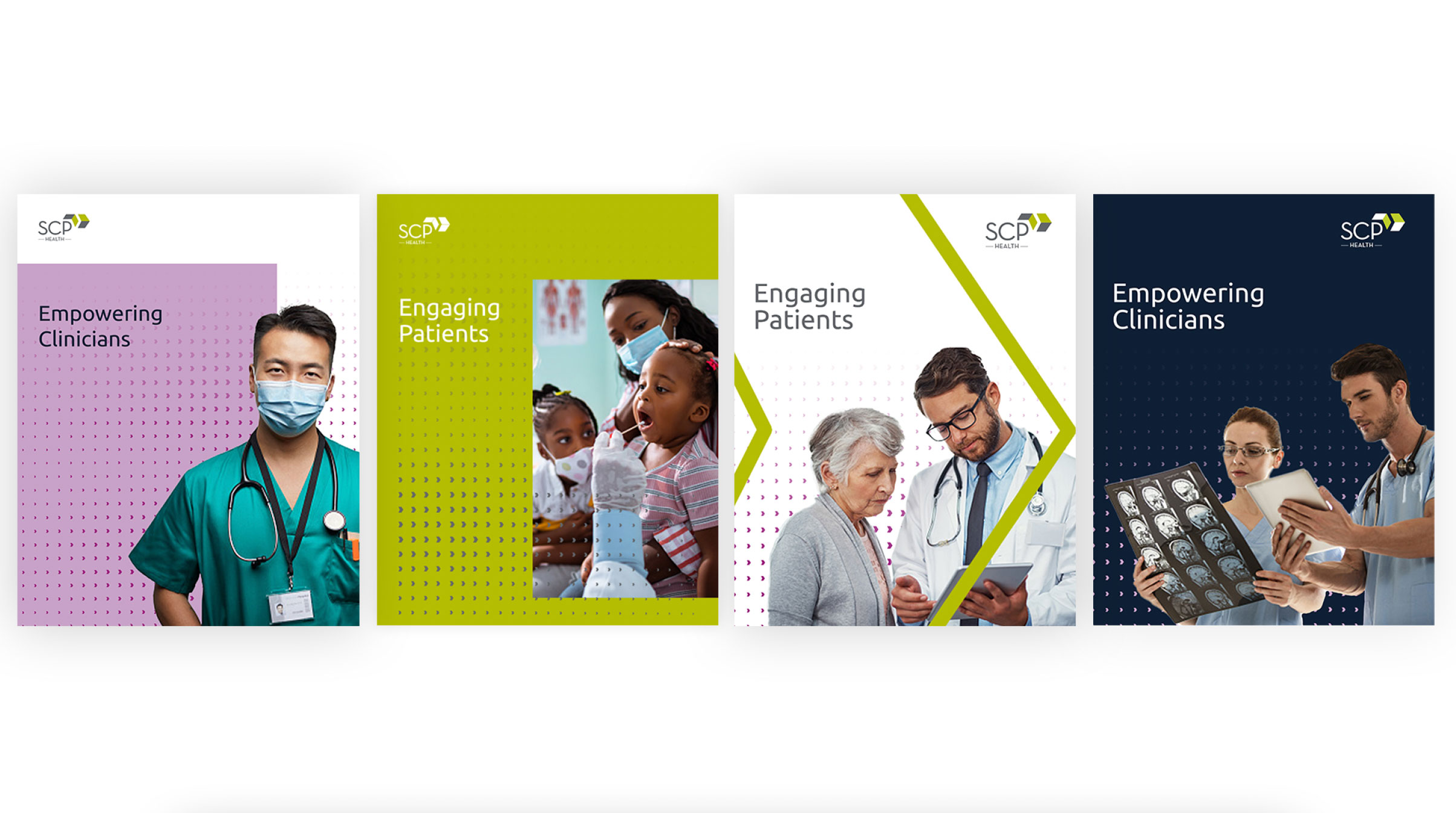

Turning Compliance into a Competitive Edge
Many healthcare companies view compliance as a box to check, but savvy marketers understand its potential as a selling point. Here’s how to elevate compliance from a baseline requirement to a standout feature:
- Showcase Certifications: Use your marketing materials to prominently feature industry certifications and accreditations. This reassures buyers that your processes meet or exceed regulatory standards.
- Educate Your Audience: Share blogs, videos, or whitepapers that explain complex data privacy topics in accessible language. For example, create content that demystifies HIPAA or offers tips for avoiding common compliance pitfalls.
- Promote a Proactive Approach: Highlight how your brand goes beyond basic compliance to implement advanced security measures, such as data encryption, threat detection, or regular audits.
These efforts position your brand as a partner that prioritizes customer safety and peace of mind.
Crafting a Privacy-Focused Brand Narrative
Marketing campaigns that weave privacy into their core messaging stand out in a crowded field. To craft a compelling narrative:
- Focus on the Human Impact: Remind your audience that data privacy isn’t just about technology—it’s about protecting patients’ lives and well-being.
- Highlight Your Role as a Guardian: Frame your organization as a protector of sensitive healthcare information.
- Use Real-World Examples: Share anonymized case studies to illustrate how your privacy protocols have successfully safeguarded patient data or avoided breaches.
When your messaging resonates on an emotional level, it leaves a lasting impression.

Tools and Channels to Amplify Your Message
To effectively convey your commitment to data privacy, leverage the right platforms and strategies:
- LinkedIn Thought Leadership: Publish posts or articles that share your team’s insights on data privacy trends in healthcare.
- Email Campaigns: Develop segmented campaigns targeting different audiences, such as CIOs or compliance officers, emphasizing your privacy strengths.
- Trade Shows and Events: Use conferences to showcase your expertise, whether through speaking engagements or interactive booth displays that highlight your security protocols.
These efforts ensure your message reaches decision-makers and influencers across the healthcare ecosystem.
Building Trust Through Data Privacy
In today’s healthcare landscape, a brand’s commitment to data privacy can set it apart from competitors. By proactively addressing privacy concerns and demonstrating compliance, healthcare marketers can build trust, foster long-term relationships, and create a competitive edge.
Are you ready to position your healthcare brand as a leader in data privacy and security? Contact Bluetext today to learn how we can help you create impactful campaigns that resonate with your audience.
In the subscription-based world of Software as a Service (SaaS), success hinges not only on acquiring new customers but also on retaining them. With recurring revenue as the backbone of the SaaS business model, retaining customers and reducing churn are critical for long-term growth and profitability. This blog explores key retention-focused marketing strategies that SaaS companies can adopt to foster customer loyalty, ensure continued engagement, and drive long-term success.
Understanding the Importance of Retention in SaaS
Retention is more than just keeping a customer—it’s about nurturing a relationship that continues to deliver value over time. Unlike traditional software sales, where the primary focus is on the initial purchase, SaaS companies thrive on recurring subscriptions. This makes retention a crucial metric. Not only does a high retention rate contribute to a stable revenue stream, but it also reflects customer satisfaction and the perceived value of the product.
Retained customers are more likely to become brand advocates, offering valuable word-of-mouth marketing and contributing to organic growth. Moreover, it costs significantly less to retain existing customers than to acquire new ones, emphasizing the economic advantages of a retention-focused strategy.
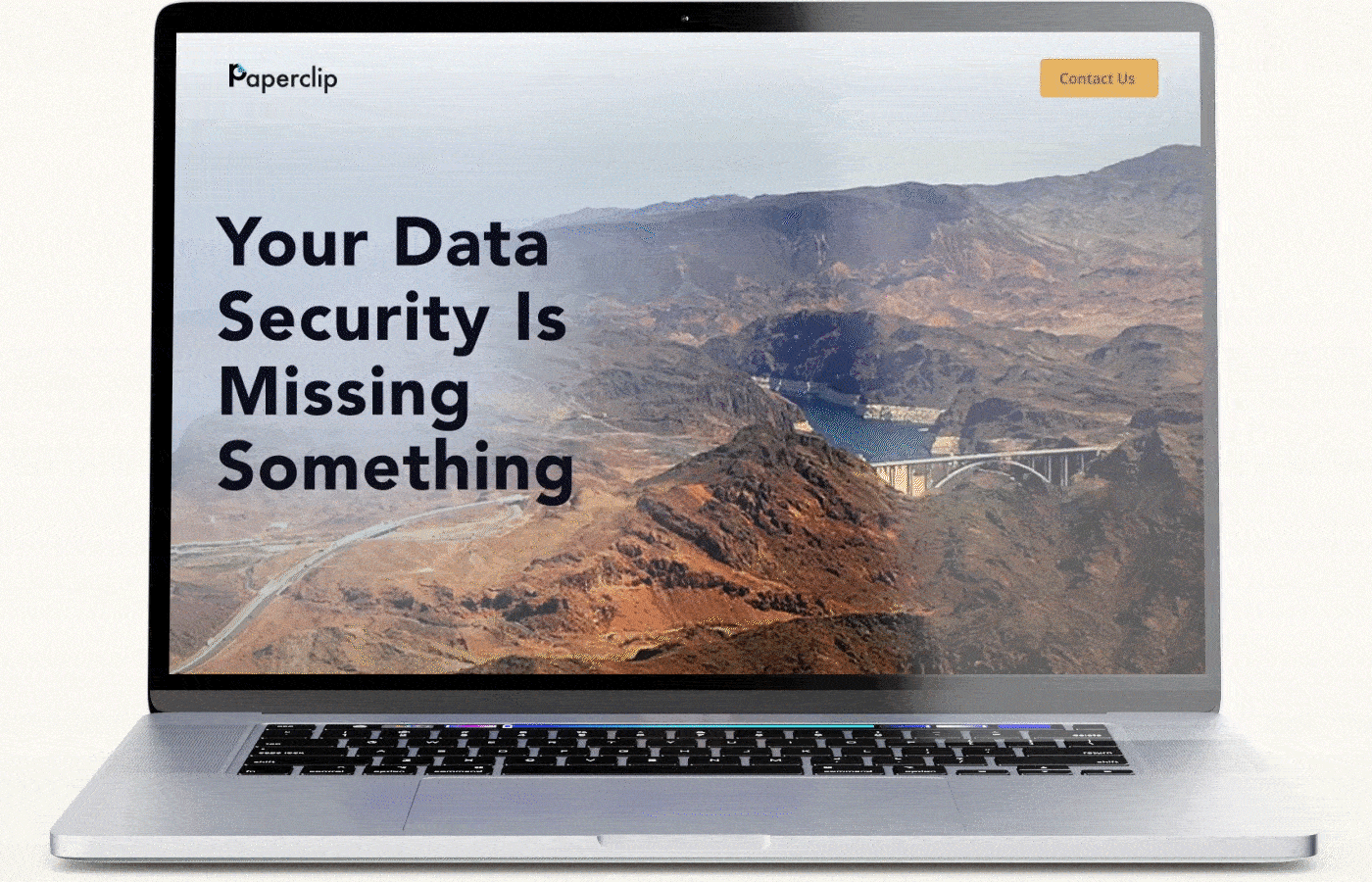

Crafting a Customer-Centric Onboarding Experience
The foundation of effective retention starts with onboarding. A seamless, intuitive onboarding experience ensures that new customers can quickly realize the value of the SaaS product. This critical phase sets the tone for the entire customer journey.
To optimize onboarding:
- Personalization is key: Tailor the onboarding process based on the customer’s industry, company size, or specific use case.
- Interactive guides and tutorials: Provide step-by-step instructions through interactive elements that help users become familiar with the software.
- Dedicated customer success teams: Assign customer success managers to guide new clients, address questions, and provide proactive support.
The goal is to minimize time-to-value (TTV)—the period it takes for customers to see the benefits of your software—and to set the stage for long-term engagement.
Leveraging Data-Driven Personalization for Engagement
In the subscription economy, personalization is essential for maintaining customer engagement. By leveraging data analytics, SaaS companies can gain deep insights into user behavior, preferences, and pain points, enabling them to tailor their offerings and communications.
Key strategies for data-driven personalization include:
- Behavioral triggers: Use in-app behavior to trigger personalized messages or recommendations. For instance, if a user frequently accesses a specific feature, provide advanced tips or related functionalities to deepen their usage.
- Segmented communication: Divide your customer base into segments based on factors like usage patterns, engagement levels, or industry. Craft targeted marketing messages that address the specific needs and goals of each segment.
- Feedback loops: Implement mechanisms for collecting user feedback regularly, using surveys, in-app prompts, or direct outreach. This helps in refining the product and demonstrating that customer input drives improvements.
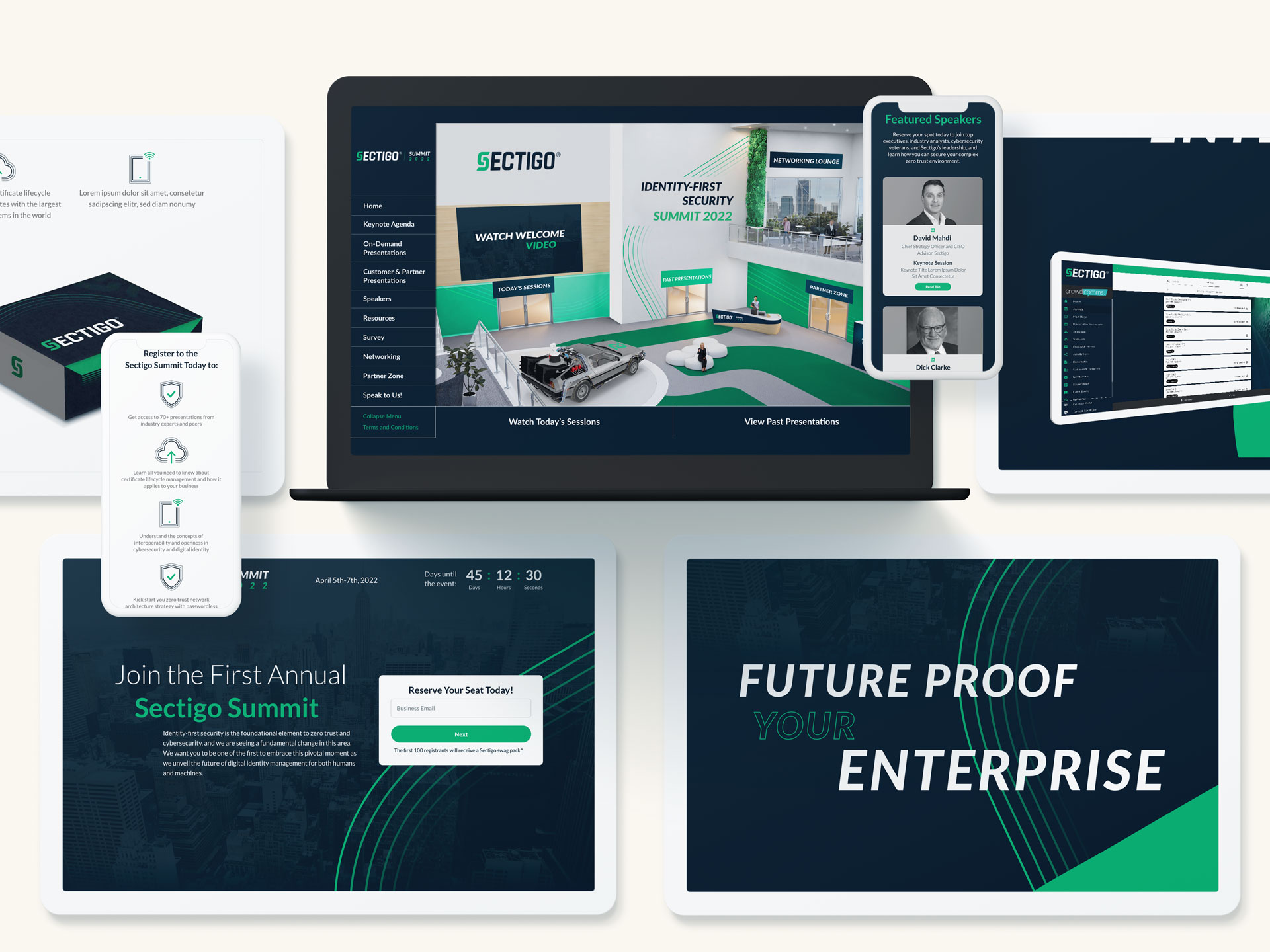

Implementing Customer Success Programs
Customer success programs are vital for maintaining ongoing engagement and ensuring that customers derive consistent value from the SaaS product. These programs are proactive, aiming to anticipate customer needs and address potential issues before they lead to churn.
Components of a successful customer success program:
- Regular check-ins: Schedule periodic reviews to discuss the customer’s goals, challenges, and how the software is helping achieve them.
- Educational resources: Provide access to webinars, training sessions, and resource libraries that help customers maximize their use of the product.
- Success metrics tracking: Collaborate with customers to define success metrics, track progress, and celebrate milestones.
Customer success teams act as a bridge between the SaaS company and its users, reinforcing the value of the subscription and cultivating loyalty.
Enhancing Product Value Through Continuous Innovation
In a competitive SaaS landscape, continuous product innovation is crucial for retaining customers. Regular updates, new features, and improvements demonstrate a commitment to delivering value and keeping pace with evolving customer needs.
To foster continuous innovation:
- Customer feedback integration: Actively incorporate customer feedback into the product development cycle. This not only improves the product but also shows customers that their input is valued.
- Transparent communication: Keep customers informed about upcoming features, updates, and improvements through newsletters, blog posts, or in-app notifications.
- Beta programs: Involve customers in beta testing for new features, creating a sense of ownership and investment in the product’s evolution.
By consistently enhancing the product, SaaS companies can prevent customer fatigue and maintain excitement around their offerings.


Utilizing Loyalty Programs and Incentives
Loyalty programs and incentives can be effective tools for encouraging long-term customer engagement. These programs reward users for continued subscription and usage, fostering a deeper connection with the brand.
Examples of loyalty initiatives include:
- Referral bonuses: Offer incentives for customers who refer new users, turning satisfied customers into active promoters.
- Usage-based rewards: Provide rewards or recognition for customers who consistently use the product or achieve certain milestones, reinforcing positive behavior.
- Tiered loyalty programs: Create a tiered system where customers can unlock additional benefits or features based on their subscription tenure or engagement level.
Such programs not only enhance retention but also contribute to customer satisfaction and brand loyalty.
Measuring and Reducing Churn
Retention efforts must be complemented by a strong focus on measuring and understanding churn. By identifying the reasons why customers leave, SaaS companies can take targeted actions to reduce churn rates.
Key strategies for managing churn:
- Churn analysis: Regularly analyze churn data to identify patterns and common reasons for cancellation.
- Exit interviews: Conduct interviews or surveys with customers who cancel to gain insights into their decision.
- Win-back campaigns: Develop campaigns aimed at re-engaging lost customers, offering special incentives or addressing previous concerns.
Continuous improvement in churn management can significantly impact overall retention rates, ensuring long-term sustainability for SaaS businesses.
Building a Retention-Driven SaaS Strategy
Retention is the cornerstone of success in the subscription economy. By focusing on personalized engagement, continuous innovation, and proactive customer success, SaaS companies can build lasting relationships with their customers. These strategies not only improve retention but also contribute to a healthier bottom line and a stronger brand reputation.
As the marketing landscape continues to evolve at a breakneck pace, businesses must look ahead to stay competitive in the years to come. By 2025, the strategies that once worked will need to be adapted to meet new expectations and leverage emerging technologies. From AI-driven personalization to sustainability in brand messaging, the future of marketing will be shaped by innovation, agility, and a deep understanding of consumer preferences.
In this blog, we’ll explore the key trends that will drive marketing success in 2025 and provide actionable steps businesses can take today to future-proof their marketing efforts.
The Power of AI-Driven Personalization
Artificial intelligence (AI) is transforming marketing by enabling hyper-personalized customer experiences at scale. AI tools can analyze vast amounts of customer data, allowing brands to predict behavior, deliver tailored content, and create highly relevant recommendations. This level of personalization not only enhances customer satisfaction but also fosters brand loyalty.
For instance, companies like Netflix and Amazon have mastered the art of AI-driven personalization, delivering content and product recommendations based on user preferences and behavior. As we approach 2025, consumers will expect this kind of personalized experience from every brand they interact with.
Actionable Step: Invest in AI-powered marketing tools that allow you to gather and analyze customer data effectively. Start by integrating AI into your email marketing, content delivery, and e-commerce platforms to offer personalized recommendations and improve engagement.


Omnichannel Customer Experiences
In 2025, the line between online and offline experiences will blur even further, with customers expecting seamless interactions across multiple touchpoints. An omnichannel marketing strategy ensures that no matter where your audience engages with your brand—whether it’s through social media, email, in-store, or mobile apps—the experience feels unified and consistent.
Leading brands are already embracing omnichannel strategies to create frictionless experiences. For example, Starbucks’ mobile app integrates with in-store interactions, allowing customers to order ahead, earn rewards, and pay seamlessly. This kind of cohesive approach will be crucial to staying competitive.
Actionable Step: Begin mapping out your customer journey to identify where your audience engages with your brand. Develop a strategy that ensures a consistent brand message and customer experience across all platforms and devices.
Embracing Sustainability in Brand Messaging
As consumers become more socially conscious, sustainability is no longer a nice-to-have but a necessity for brands looking to build trust and loyalty. By 2025, sustainability will be a key driver of purchase decisions, with customers seeking out brands that align with their values, particularly regarding environmental and ethical concerns.
Brands like Patagonia and Allbirds have built their entire ethos around sustainability, and their transparent, eco-friendly practices resonate deeply with today’s consumers. As environmental concerns grow, incorporating sustainability into your marketing messaging will become even more critical.
Actionable Step: Assess your brand’s current sustainability efforts and look for ways to authentically integrate these values into your marketing. Share your sustainability initiatives openly, whether through product development, sourcing, or corporate social responsibility.


Investing in Data Analytics for Better Decision-Making
Data will continue to be the lifeblood of effective marketing strategies in 2025. Brands that harness the power of data analytics will be better equipped to make informed decisions, predict trends, and tailor their campaigns to meet customer expectations. The ability to access real-time insights and predictive analytics will set top performers apart from the competition.
However, with the rise of data privacy regulations, businesses must also be mindful of how they collect and use customer data. Ethical data practices will be critical in building trust with consumers who are increasingly concerned about privacy.
Actionable Step: Invest in advanced data analytics tools and teams to improve your ability to make data-driven decisions. Ensure your data collection processes are transparent and ethical, and prioritize data security to build consumer trust.
Refining Digital Transformation Strategies
Digital transformation isn’t a one-time event—it’s an ongoing process that must evolve alongside new technologies and customer behaviors. As we look toward 2025, businesses that remain agile and continue to refine their digital transformation strategies will be better positioned to succeed.
Mobile-first approaches, automation, and digital agility will be essential in delivering the seamless experiences customers expect. Brands that fail to evolve their digital capabilities risk falling behind competitors who embrace the latest innovations in digital marketing.
Actionable Step: Continuously assess your digital channels and invest in technologies that enable you to deliver personalized, mobile-first experiences. Stay on top of emerging trends and be prepared to pivot your digital strategies as needed.
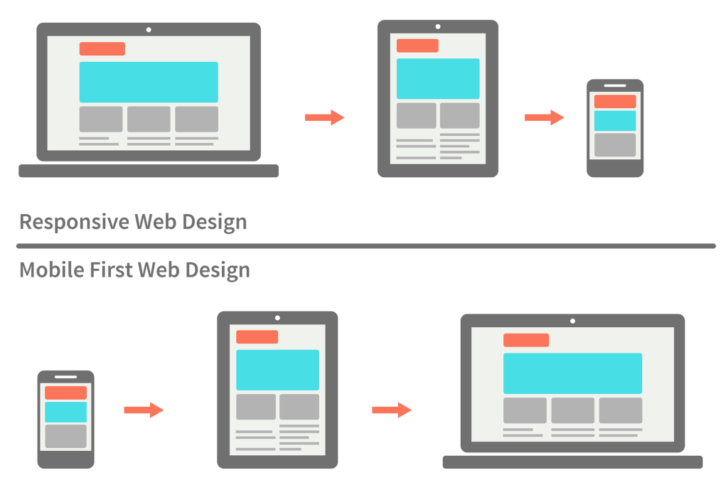

Embracing Ethical Marketing Practices
In 2025, consumers will increasingly favor brands that operate with transparency, inclusivity, and ethical values. Ethical marketing goes beyond avoiding misleading ads—it’s about building long-term trust through honesty, accountability, and a commitment to doing good.
Brands that embrace ethical marketing practices will resonate more deeply with today’s socially conscious consumers. This includes promoting diversity and inclusion, supporting social causes, and being transparent about business practices.
Actionable Step: Review your marketing practices and ensure they align with ethical standards. Be transparent about your brand’s values, and show genuine support for causes that matter to your audience. This will help build long-term loyalty and trust with your customers.
Agility and Innovation: The Cornerstones of Future Marketing
The future of marketing belongs to brands that can adapt quickly to change and foster a culture of innovation. Whether it’s responding to new consumer behaviors, pivoting during a crisis, or leveraging emerging technologies, agility will be key to staying competitive in 2025.
Agile marketing allows teams to iterate quickly, test new ideas, and respond to real-time feedback. Brands like Spotify and Nike have shown how an agile approach enables them to stay ahead of trends and maintain a strong connection with their audience.
Actionable Step: Build an agile marketing team by fostering a culture of experimentation and innovation. Encourage your team to test new ideas, iterate quickly, and adapt to changes in the marketplace.
Take the First Steps Toward Future-Proofing Your Marketing
As the marketing landscape continues to evolve, businesses that embrace AI-driven personalization, omnichannel experiences, sustainability, and ethical marketing will be well-positioned for success in 2025. But to stay competitive, brands must also remain agile and open to innovation.
Contact Bluetext today to start future-proofing your marketing strategies and ensure your brand is ready to thrive in the years to come.
In today’s competitive marketplace, customer loyalty is more valuable—and harder to earn—than ever before. Consumers have endless options at their fingertips, and brands must go above and beyond to stand out. One powerful way to secure long-term customer loyalty is through personalized rewards programs. These programs not only incentivize repeat business but also strengthen the emotional connection between the brand and the customer by making every interaction feel more meaningful.
But what does it take to design and implement a personalized rewards program that keeps customers coming back? Let’s explore the key elements of an effective, customer-centric loyalty strategy.
The Importance of Personalization in Loyalty Programs
Traditional rewards programs that offer generic incentives—such as blanket discounts or point systems—are quickly losing their appeal. Today’s customers expect more personalized, relevant experiences. Personalized rewards programs tailor benefits and incentives to individual preferences and behaviors, making customers feel valued and understood by the brand.
When done right, personalized programs can significantly boost customer retention, increase lifetime value, and enhance brand loyalty by creating unique, one-on-one relationships with customers. Instead of feeling like just another number, customers feel like they’re part of an exclusive club, which strengthens their emotional attachment to the brand.


Key Elements of an Effective Personalized Rewards Program
Designing a successful personalized rewards program requires a careful balance of data, creativity, and strategy. Here’s how you can get started:
1. Understand Your Customers’ Preferences
Personalization starts with a deep understanding of your customers. The more data you can gather about their behaviors, preferences, and purchasing habits, the more tailored and relevant your rewards can be. Leverage data analytics to track what products or services each customer is most interested in, their frequency of interaction, and any other insights that can inform personalized offerings.
For instance, if you notice a customer frequently purchases specific items, offering rewards related to those products—or even personalized recommendations—will feel much more relevant than a generic discount on unrelated merchandise.
2. Segment and Customize Rewards
Not all customers are the same, so your rewards shouldn’t be either. Implement customer segmentation to categorize users into distinct groups based on behaviors, preferences, or purchasing history. Then, create customized rewards that appeal to each group.
For example, loyal customers who consistently spend above a certain threshold could be offered exclusive VIP rewards like early access to new products or events. On the other hand, customers who haven’t engaged recently might receive personalized offers to reignite their interest, such as discounts on products they’ve shown interest in previously.
3. Offer Flexible Redemption Options
One common frustration customers have with rewards programs is the rigidity of redemption options. To maximize engagement, offer flexibility in how and when customers can use their rewards. Personalized offers, such as time-limited discounts on products they love or points they can use across a variety of categories, give customers more freedom to choose the rewards that matter most to them.
This flexibility makes your program more appealing and gives customers more reasons to engage with your brand regularly.
4. Incorporate Gamification
Gamification is a powerful way to keep customers engaged with your loyalty program. By adding an element of fun and competition, you can motivate customers to earn more rewards. Personalization can take this further by tailoring the gamified experience to each user’s preferences.
For instance, creating challenges or missions that align with a customer’s interests (e.g., completing a series of purchases in a product category they favor) can make the experience more enjoyable and encourage continued participation.
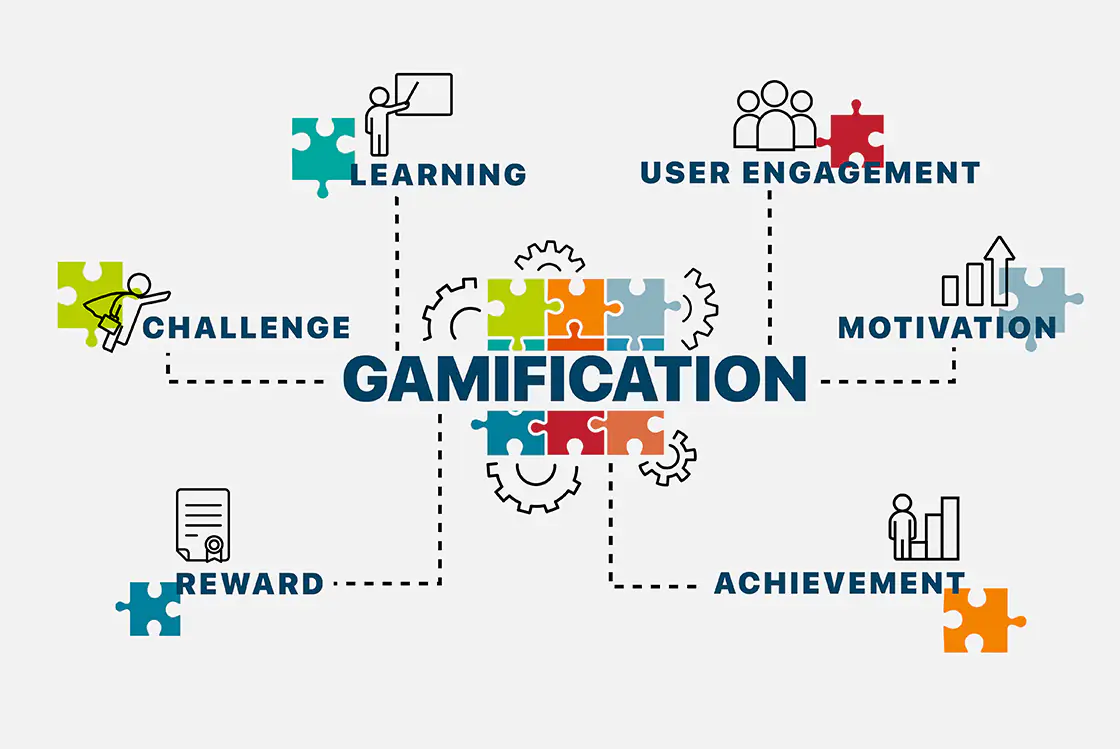

The Benefits of a Well-Designed Personalized Rewards Program
When customers feel recognized and rewarded in a meaningful way, it fosters a strong emotional connection with your brand. This connection translates into tangible business benefits, including:
- Increased Customer Retention: Personalized rewards programs keep customers engaged and incentivize repeat purchases, reducing churn and increasing retention over time.
- Higher Lifetime Value: Engaged, loyal customers tend to spend more. Offering personalized rewards based on purchasing habits encourages customers to keep interacting with your brand, resulting in a higher lifetime value.
- Word-of-Mouth Referrals: Customers who feel special and valued are more likely to recommend your brand to others. Personalized loyalty programs help create brand advocates who spread the word, driving new customer acquisition through referrals.
Implementing Your Own Personalized Rewards Program
Implementing a personalized rewards program may seem complex, but with the right tools and strategy, it can transform customer engagement and brand loyalty. Start by integrating data-driven insights to understand your audience, then build a rewards system that feels personal and relevant to each customer.
At Bluetext, we specialize in helping brands create loyalty programs that drive customer retention and build emotional connections. Whether you’re looking to launch a new program or refine an existing one, we can help you design and implement a personalized rewards strategy that delivers results.
Conclusion
In an era where customer loyalty is becoming harder to earn, personalized rewards programs offer a unique way to build long-lasting relationships with your audience. By offering relevant, tailored incentives that speak directly to individual customers, you not only increase retention but also foster a sense of belonging and brand affinity.
If you’re ready to take your customer loyalty strategy to the next level, Bluetext can guide you in designing and launching a personalized rewards program that enhances your brand’s connection with its customers. Contact us today to learn more!
Prefer listening over reading? Check out the podcast version of this blog below and enjoy insights on the go!
In the ever-evolving landscape of social media, staying ahead of algorithm changes is essential for marketers, business owners, and content creators alike. Social media algorithms dictate what content users see, and understanding these algorithms is key to maximizing your content’s reach and engagement. At Bluetext, we believe that a well-informed strategy is the foundation of success in digital marketing. This blog post will guide you through the intricacies of social media algorithms and provide actionable strategies to optimize your content for greater visibility across various platforms.
Understanding Social Media Algorithms
What Are Social Media Algorithms?
Social media algorithms are complex systems that determine which content is shown to users, based on various factors like engagement, content type, recency, and user behavior. Each platform—whether it’s Facebook, Instagram, Twitter, LinkedIn, or TikTok—has its own unique algorithm, designed to enhance user experience by showing them the most relevant content.
Key Factors Influencing Algorithmic Ranking:
- Engagement Rates: Likes, comments, shares, and other forms of interaction play a significant role in determining the visibility of your content.
- Content Type: Videos, images, text posts, and other formats are weighted differently across platforms. Understanding what type of content each platform favors can significantly impact your reach.
- Recency: Fresh content is often prioritized, but the longevity of a post’s engagement can also influence its continued visibility.
- User Behavior: Algorithms consider individual user behavior to tailor content. For instance, users who frequently engage with video content are more likely to see similar content in their feed.

Platform-Specific Strategies
Facebook & Instagram:
- Leverage Stories, Reels, and Carousels: These formats are highly favored by the algorithms on both platforms. Stories and Reels, in particular, allow you to stay top-of-mind with your audience through creative and engaging content.
- Encourage Interaction: The more engagement your post receives, the more the algorithm will favor it. Ask questions, create polls, and encourage users to like, comment, and share your posts.
Twitter:
- Consistent Posting: Twitter’s fast-paced environment requires regular posting to stay visible. Aim to tweet multiple times a day to maintain a presence.
- Use Hashtags and Engage with Trending Topics: Hashtags are critical for discoverability. Engaging with trending topics can also boost your visibility, as Twitter’s algorithm favors content that is timely and relevant.
- Maximize Retweets and Replies: The more your content is retweeted or replied to, the better it performs in the algorithm. Foster conversation by asking questions and engaging with your audience directly.
LinkedIn:
- Professional Content Matters: LinkedIn favors professional and industry-related content. Utilize LinkedIn Articles and videos to share in-depth insights that resonate with your network.
- Engagement is Key: Comments and interactions with your network can amplify your content’s reach. Take time to reply to comments and engage with posts from others in your network.
TikTok:
- Create Trend-Focused Content: TikTok’s algorithm heavily favors content that aligns with current trends. Participating in challenges and using trending sounds can greatly enhance your visibility.
- Timing and Frequency: Posting at times when your target audience is most active and maintaining a consistent posting schedule can help your content perform better.
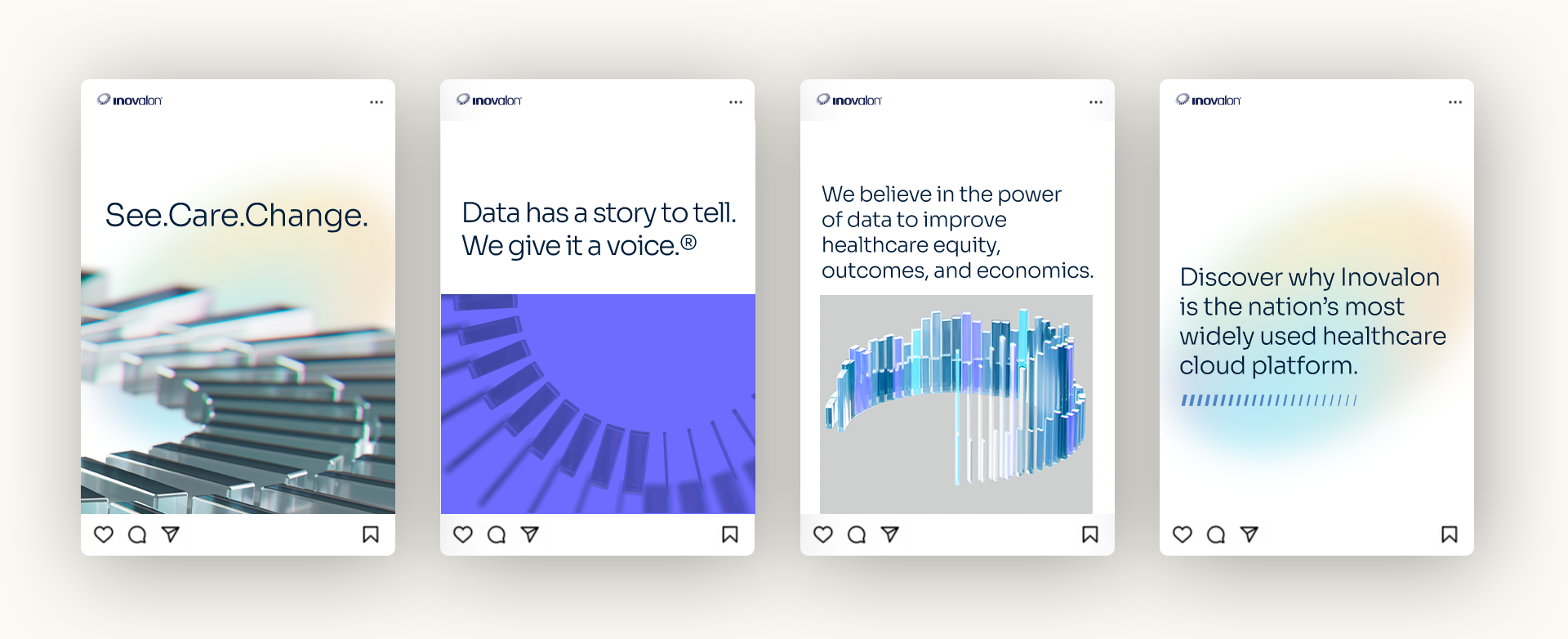
Content Creation Techniques
To optimize your content for social media algorithms, consider the following techniques:
- Tailor Content to Each Platform: Each social media platform has its own preferences. Craft content that aligns with these preferences to increase the likelihood of it being seen.
- Storytelling and Visual Appeal: Compelling stories and visually appealing content are more likely to capture attention and encourage engagement.
- Call-to-Action: A strong call-to-action (CTA) can drive user engagement and signal to the algorithm that your content is valuable.
Staying Updated with Algorithm Changes
Algorithms are constantly evolving, which means your social media strategy needs to be adaptable. Stay informed about changes by following industry news, participating in relevant forums, and using tools that monitor algorithm updates. This proactive approach will help you adjust your content strategy as needed, ensuring your content remains visible and engaging.
Measuring Success
Tracking the right metrics is crucial to understanding the effectiveness of your social media strategy. Key metrics to monitor include:
- Engagement Rates: Track likes, shares, comments, and other interactions to gauge how well your content is resonating with your audience.
- Reach and Impressions: Monitor how far your content is spreading and how many times it’s being seen.
- Conversion Rates: Measure how well your social media efforts are driving desired actions, such as clicks, sign-ups, or purchases.
Regularly reviewing these metrics will allow you to refine your strategy, ensuring continuous optimization and improvement in your content’s reach and impact.

Understanding and optimizing for social media algorithms is no small task, but with the right strategies, you can significantly boost your content’s visibility and engagement. At Bluetext, we’re dedicated to helping you navigate the complexities of digital marketing. If you’re ready to take your social media strategy to the next level, reach out to us for a consultation. Let’s work together to create content that not only meets but exceeds algorithmic expectations.
Take this blog post on the go! Listen to our podcast version for a convenient way to stay up-to-date on marketing trends and strategies.
Search engine optimization (SEO) has come a long way from its early days of keyword stuffing and link farming. As search engines have become more sophisticated, so too have the strategies needed to achieve high rankings. The evolution from keyword-centric SEO to a more nuanced approach that prioritizes semantic search and intent matching reflects the growing importance of understanding not just what users are searching for, but why they are searching for it.
At Bluetext, we recognize that staying ahead of these changes is crucial for brands that want to maintain a competitive edge. In this blog, we’ll explore the shift from traditional keyword-based SEO to the more advanced techniques of semantic search optimization. We’ll also provide actionable strategies for creating content that aligns with user intent, earns featured snippets, and ranks well in voice search results.
The Shift to Semantic Search
In the past, SEO was largely about identifying the right keywords and using them in the right places on a webpage. While keywords are still important, search engines like Google have advanced to the point where they can understand the context and meaning behind those keywords. This is known as semantic search.
Semantic search focuses on understanding the intent behind a user’s query and delivering results that are contextually relevant. For example, a user searching for “best running shoes” might be interested in different things depending on whether they’re a casual jogger or a marathon runner. Search engines now aim to understand these nuances and provide results that are more aligned with the user’s intent.
Understanding User Intent
User intent is the underlying goal a user has when they type a query into a search engine. There are generally four types of user intent:
- Informational Intent: The user is looking for information on a particular topic. Example: “How to train for a marathon.”
- Navigational Intent: The user wants to find a specific website or page. Example: “Nike running shoes.”
- Commercial Intent: The user is doing research on a particular product. Example: “Nike running shoe review.”
- Transactional Intent: The user is ready to make a purchase or take a specific action. Example: “Buy best running shoes for marathon.”
Understanding user intent is key to creating content that not only ranks well but also meets the needs of your audience. Instead of simply targeting keywords, focus on the intent behind those keywords and create content that satisfies that intent.
Strategies for Semantic SEO
To optimize for semantic search, consider the following strategies:
- Create Content Clusters: Organize your content around key topics or themes rather than individual keywords. For example, if your main topic is “running shoes,” create clusters of content that cover related subtopics like “types of running shoes,” “how to choose the right running shoes,” and “running shoe reviews.” This approach helps search engines understand the context of your content and boosts your chances of ranking for a wider range of related queries.
- Use Natural Language: Write your content in a way that mimics how people naturally speak and search. This is especially important for voice search optimization, where queries are often longer and more conversational.
- Answer Questions Directly: Featured snippets are often triggered by questions, so focus on providing clear, concise answers to common queries in your content. Use headings, bullet points, and tables to make your answers easy to find and understand.
- Optimize for Voice Search: With the rise of smart speakers and virtual assistants, voice search is becoming increasingly important. To optimize for voice search, focus on long-tail keywords and natural language queries. Also, consider the types of questions people might ask out loud and provide direct answers in your content.
Earning Featured Snippets
Featured snippets are the short answers that appear at the top of Google’s search results, often in response to a question. Earning a featured snippet can significantly boost your visibility and click-through rates. Here’s how to increase your chances:
- Identify Snippet Opportunities: Use tools like Ahrefs or SEMrush to find keywords that trigger featured snippets and are relevant to your content.
- Format Your Content for Snippets: Structure your content in a way that makes it easy for Google to extract a snippet. Use headings, lists, and tables to organize information clearly and concisely.
- Provide Comprehensive Answers: Featured snippets often pull from content that provides a thorough answer to a query. Make sure your content is detailed and covers all aspects of the topic.
The evolution of SEO from keywords to semantic search and intent matching represents a significant shift in how brands need to approach their digital marketing strategies. By focusing on user intent and creating content that aligns with that intent, brands can not only improve their search rankings but also deliver a better experience for their audience.
At Bluetext, we’re committed to helping brands navigate this ever-changing landscape. Whether you’re looking to optimize for semantic search, earn featured snippets, or rank well in voice search results, we have the expertise to help you succeed. Let’s work together to take your SEO strategy to the next level.